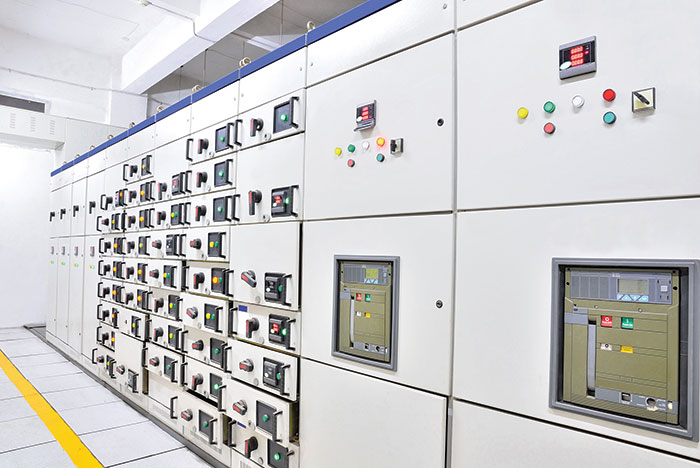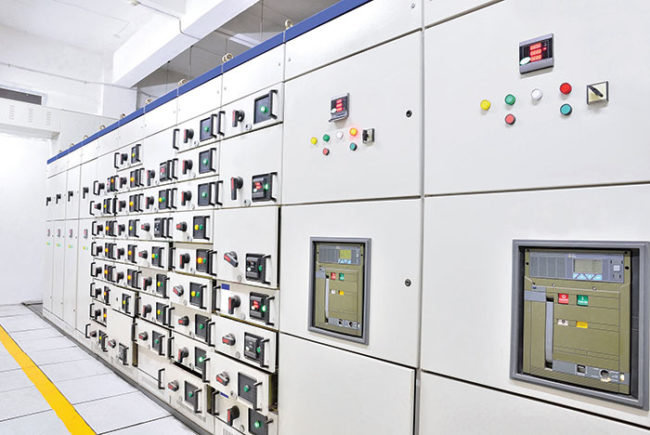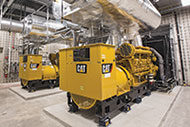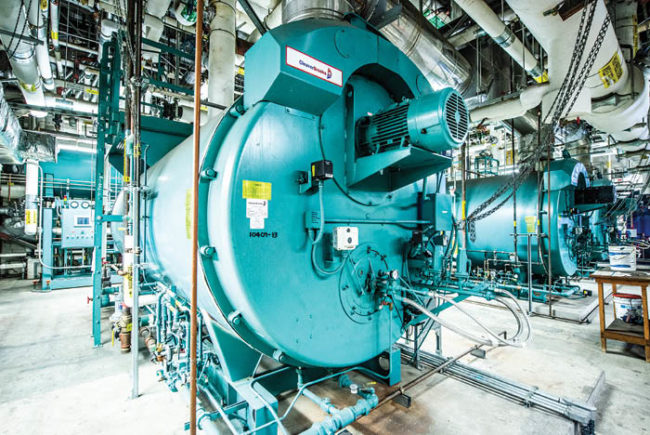
Water failures can occur similarly, at the main water services or downstream within the facility.
Electrical failure analysis can include numerous options depending on the design of the electrical distribution system. For example, the external electrical utility service can fail, as occurred recently in three major American cities. Or a facility’s main switchgear can fail regardless of how many incoming services are connected to it. In both cases, the internal essential electrical system is expected to come online and repower the required electrical and mechanical equipment.
What if the failure is downstream at the automatic transfer switch (ATS) level? An ATS has two input sources — normal power and emergency power. When the ATS senses the loss of normal power, it sends a signal to the emergency generators to start, and will automatically switch to the emergency power source once it is available and able to provide power. If the ATS itself fails, any loads powered from that ATS cannot receive power. Those loads are important to safe, effective patient care; if they were not, they would not have been connected to emergency power.
Water failures can occur similarly, at the main water services or downstream within the facility. Water usage stoppages also can be mandated if there is a local waste system failure, because local authorities may ask that large facilities stop discharging waste water into the local waste system. The impact of this type of request may be just as impactful as the loss of local water service.
The Centers for Disease Control and Prevention published an excellent comprehensive reference in 2012 to assist hospitals and other health care facilities in planning for water outages. This document, titled “Emergency Water Supply Planning Guide for Hospitals and Health Care Facilities,” is still a valuable resource for preparing and validating water-failure procedures.
David L. Stymiest, P.E., CHFM, CHSP, FASHE, is a senior consultant at Smith Seckman Reid, Nashville, Tenn., specializing in facilities engineering and regulatory compliance. He can be reached at DStymiest@SSR-inc.com. Although Stymiest is a primary voting member and past chairman of the National Fire Protection Association (NFPA) Technical Committee on Emergency Power Supplies, the views and opinions expressed in this article are his and shall not be considered the official position of NFPA or any of its technical committees and shall not be considered to be, nor be relied upon as, a formal interpretation. Readers are encouraged to refer to the entire text of all referenced documents.






